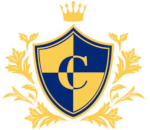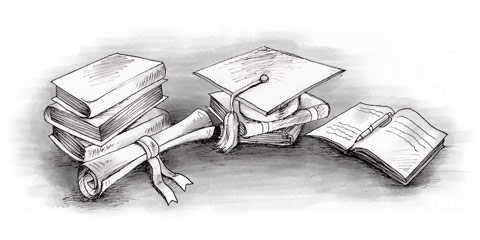The Ministry of Education and Culture regulates the Cypriot education system at all its stages: pre-primary, primary, secondary and higher education. It also addresses issues of foreigners’ enrolment in Cypriot institutions. European citizens who live in Cyprus are entitled to education in public schools. The state-owned educational sector is complemented by private primary, secondary and higher institutes, which are also open to foreign citizens living in Cyprus.
Classes are generally taught in Greek, except in private schools which are mostly English-speaking. Since Cyprus is now in the EU and open to new expats, state schools provide extra intensive Greek lessons for children who do not speak the language. School uniforms are compulsory in all Cypriot schools (private schools have strict rules about uniforms, public schools are more flexible and allow pupils to wear jeans and t-shirts).
Pre-primary school is mandatory before entering primary school. This one-year programme admits children from the age of three. Primary school is also compulsory for children aged six to 12. Secondary education is broken into three parts; gymnasio (lower secondary education), lykeio (upper secondary school) and technical and vocational education. Only gymnasio is compulsory for pupils aged 12 to 15 and lasts three years.
The school day in Cyprus begins at between 7.30 and 08.00 and usually ends between 13.15 and 14.00, depending on the school and grade. Every day, pupils attend seven 40-minute lessons with three breaks totalling 40 minutes.
The school year is made up of three terms, beginning in September and ending in early June. The first term ends before Christmas, the second starts after January 6th and continues until Holy Week (the week before Easter). A week after Easter, the third term begins and ends in early June. The most important holidays during the school year are Christmas and Easter and each has a two-week break. Summer break starts in June and finishes in September.


